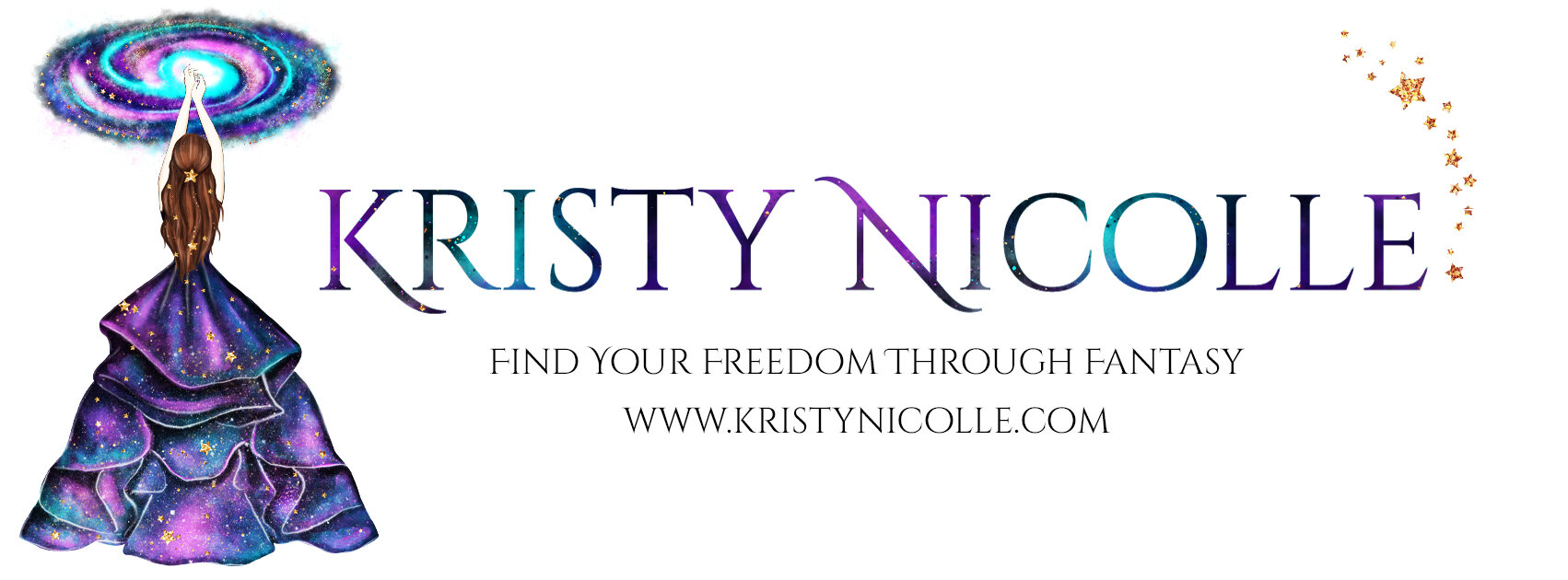The Top 5 Self-Editing Tools For New Writers
Please be aware that this blog post contains affiliate links. This means, at no extra cost to you, i will earn a small commission if you decide to buy something through one of these links.
(Neat right?)
INTRODUCTION
Now, I know what you’re thinking. Editing is what editors are for, right?
Wrong.
Any writer worth their salt must have some self-editing skills. Now I’m not saying you don’t also need a professional editor if you plan to publish because YOU DO. I cannot say that clearly enough. No matter who you are, you will not catch all your mistakes, and it is a writer’s curse to be partially blind when it comes to his or her own work. Having said this, it is good practice to be able to do several rounds of self-editing before handing your baby over to the professionals. The reasons for this are:
· Self-Editing helps you learn. By identifying your own mistakes, you are more likely to avoid making those same mistakes in the future. This means that over time your writing will undoubtedly improve.
· Editors are only human. Missing errors happens to the best of us, even paid editors. Two sets of eyes will always be better than one.
· Increasing your chances of getting taken on as a client, and for a reasonable rate. If you send your manuscript to a freelance editor and it looks like a bad grammar bomb has gone off in the middle of the first page, odds are the editor might pass you by, or ramp up the charges because they know it will take them more time to edit through something that has not been self-edited first. Save both your reputation as a fledgling writer and your money by making sure your manuscript is as clean as you can make it before paying out for someone else’s services.
So, without further ado, I present to you my personally tried and tested top 5 self-editing tools to help you along this migraine-inducing process.
1) GRAMMARLY
What better place to start than with the world’s best grammar and plagiarism checker? I myself want to get work smarter, not harder, and so I will use this tool to catch anything super obvious and speed up the process for myself. Grammarly is a great and simple tool to use, you simply copy and paste your text into the programme and go. Something to also note is that once you sign up to Grammarly, it will check your social media statuses, blog posts, and any other text you input online for mistakes too and tell you when it finds them. You can be confident in both your private projects and public social media statuses with Grammarly, because let’s face it, nobody wants to buy a book from an author with social media updates that are riddled with errors.
If you invest in one thing for your writing career, let it be this. Laser Printers aren’t super well known, but they also aren’t super expensive, and they’ve saved me a crap ton of money. Why? Because the best way to edit your own work is in hard copy. You’ll pick up on things your eyes would skim over on a screen if you print out your manuscript onto paper and manually mark mistakes on the page with a good old-fashioned red pen or highlighter.
I know what you’re thinking, printing out a whole manuscript has got to be hella expensive, right?
Not necessarily.
My dad bought me my first laser printer because he’s a bit of a tech whizz and saw my spending on ink racking up if I continued to use my regular printer. A laser printer is not only less expensive in itself, but the ink cartridges also last on average 12x longer than the average ink cartridge and the print speed is almost double that of a normal ink printer. These printers only print in black and white, or at least the one I’m recommending does, because for a manuscript you don’t need colour, so why pay extra for it? I’ve had my printer for over two years now, and in that time I’ve self-edited over 750,000 words in hard copy before passing them over to my wonderful editor. I am still on my very first cartridge.
Now, cartridges for these printers run at around $15 each, but I think you’ll agree that their lifespan well justifies the cost.
Check out my laser printer here.
Check out printer cartridges here.
3) WRITERS HELPING WRITERS THESAURUSES
These books are an honest LIFE SAVER! If you’re at the point in your editing where you’re assessing content such as dialogue, character authenticity, flow through and believability, then these are definitely some resources you want to have on hand!
The Thesauruses come in two types-
Character based- Whereby you can find body language, corresponding traits, personality clashes and compatibilities in relation to individual emotions, traits, and traumas.
Setting Based- That provide you with common sights, sounds, and sensory input from locations both rural and urban. This is perfect for the detail-oriented writer, or even a writer looking to flesh out their description. These can also be useful if you’re describing somewhere you’ve personally never frequented and are great for staying accurate.
Check them out for yourself and see what you think, but from my point of view these are a must. I’m staring at them right now while writing this blog post in fact.
4) THE ELEMENTS OF STYLE BY STRUNK AND WHITE
This is a book all budding writers should own. It’s not a large book by any means, but it is an amazing guide to writing style and grammar. Direct, correct, and simple for the student writer or someone new to the craft, but it also maintains its reliability and appeal for those of us who are published many times over. If I ever have a question or I’m unsure about anything in my own work, this is where I end up looking to find the answer. There is no such thing as a writer’s bible for the craft, but if there was, I think it would look and read a lot like this little gem.
5) READ ALOUD FUNCTION (IN WORD)
If you do not have Microsoft word or something equivalent, it is a wise decision to invest if you plan to publish. Not only is this programme excellent for formatting in a quick and cheap way, but it also has excellent review features under the ‘Review’ Tab in the menu at the top of the page. Word will allow your editor to make corrections directly to the document, and leave comments, that you can track and accept or reject. More importantly though, is the read aloud function. You will be amazed how many errors you can spot by having your work read aloud to you, even if it is by a computer. If you don’t have Word and you’re not shy, try having someone else read your work to you for similar effect, though this can be time consuming for the reader.
Do you use any tools that I’ve missed?
So, there you have it. My top 5 tools for self-editing! Do you have any self-editing tools that you love that aren’t mentioned here? Drop me a comment and let me know!
Thanks for reading and I wish you luck with your latest project!
Kristy Nicolle x
Related Posts











Can you believe it’s March already?
I wrote the last Life Lately post in December, and it feels like a week ago, not twelve! Quite a bit has happened in the last 3 months, so I thought I’d so a little update post. After all, things can get so busy, it can be nice to look back and reflect on things once in a while.